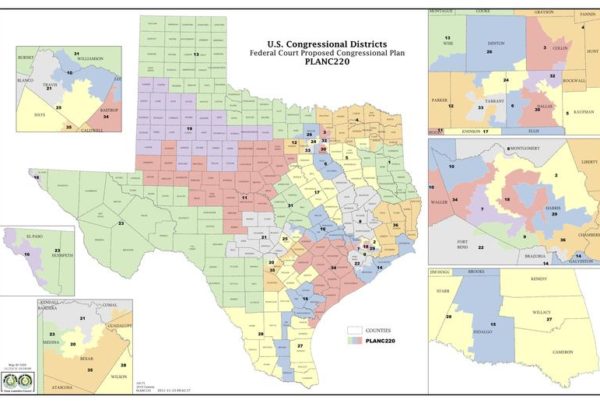In this month’s“Texan Translation,” we breaking down the unique accent of Mexican-Texan labor activist, union organizer and educator, Emma Tenayuca. She’s best known for leading the pecan shellers strike in 1938, in San Antonio.
Lars Hinrichs, associate professor of English linguistics at the University of Texas at Austin and director of the Texas English Project, says Tenayuca’s accent unused – it isn’t influenced neither by the typical Texan-Southern affectation, or Latino accents.
Tenayuca said this during a late 1980s interview about the conditions in which shellers worked.
“You just had a flat bench with no backing. One toilet, as I told you. They would give them their money in small envelopes and you wouldn’t see more than- if a whole family made four dollars, that was a lot of money.”
Hinrichs says Tenayuca’s deliberate pacing and enunciation is indicative of her background as a self-made, college graduate. Tenayuca uses the standard contraction “wouldn’t” but clearly pronounces the “you” beforehand. This lack of muddling in the sentence, Hinrichs says, makes her sound as though she is reading from a script when she is not, which is starkly different from the way her peers spoke at the time.
A recording of a young woman in 1941, from the Texas English Project archive, sounds very different.
“My name is Jane Addison and I’m from College Station and I’m a student in the university this summer. I have never lived much of any place besides College Station except San Antonio.”
Compared to Tenayuca, Addison’s accent is higher in pitch and faster-paced.
Another Tenayuca quote, for emphasis:
“We were the first people here in San Antonio to have a demonstration with at least about 5,000. I mean we called attention to the salaries and demanded a minimum wage.”
Hinrichs says most Americans change the pitch at which they speak when enunciating the “a’s” in words like “San Antonio” and “demanded” from Tenayuca’s speech, where the “a” is placed before nasal consonants like m’s and n’s. The triphthong, where the pitch lowers, raises, then lowers again, as is the case with Addison’s “San Antonio,” is one of the most characteristic phonetic features of most Southern accents, Hinrichs says.
“Emma Tenayuca doesn’t do anything with these short ‘ah’ vowels,” Hinrichs says. “She just plays them completely straight. She says ‘San Antonio.’ There’s no raising, no tripthongization, none of these things that would be possible that she really goes with the most bookish version.”
Written by Savana Dunning.















